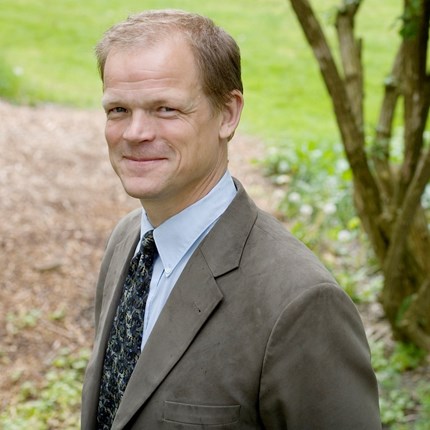
Norwegian Aviation Unites in Research Project to Cut Air Traffic Emissions
The aviation industry has partnered with NTNU, NHH, Cicero, and Sintef to develop solutions aimed at reducing greenhouse gas emissions from Norwegian air traffic.
The aviation industry has partnered with NTNU, NHH, Cicero, and Sintef to develop solutions aimed at reducing greenhouse gas emissions from Norwegian air traffic.

Industry representatives and researchers have jointly applied to the Research Council of Norway for support to establish an SFI – Centre for Research-based Innovation. The funding program aims to foster innovation and value creation in the business sector through collaboration with research institutions.
United Effort
Gunnar S. Eskeland, Department of Business and Management Science, is participating in the project.
`We face challenging research tasks, counterparts, and resources when tackling such projects,´ says Eskeland, professor of economics and head of the ENE Centre at NHH.
SAS, Norwegian, Widerøe, Avinor, and the Civil Aviation Authority are involved in the partnership. Other industry partners include Rolls Royce, Boeing, Norse, Green H, Avinxt, Scandinavian Seaplanes, DoveTail, and SiriNor, as well as NHO and LO.
`We are collaborating with the leading research institutions in this field. This provides the best conditions for success,´ says Erik Lahnstein, CEO of NHO Luftfart, in a press release.
A Challenging Task
The project description, submitted last week, is led by Professor Anders Hammer Strømman from NTNU. He is supported by researchers from NHH, Cicero, and SINTEF.
`Reducing greenhouse gas emissions from aviation is much more difficult than reducing emissions from road traffic and shipping, where the technology and solutions have advanced further. The diverse research environments we have gathered now bring specialized expertise, giving us the broad range needed to find effective solutions,´ says Strømman in the press release.
`Flying and meeting are important for humanity. We need to travel far and fast, but it will be more expensive and less frequent. Our work with transport and the environment, which until now has primarily focused on shipping and road traffic, will now take flight´, Eskeland says.